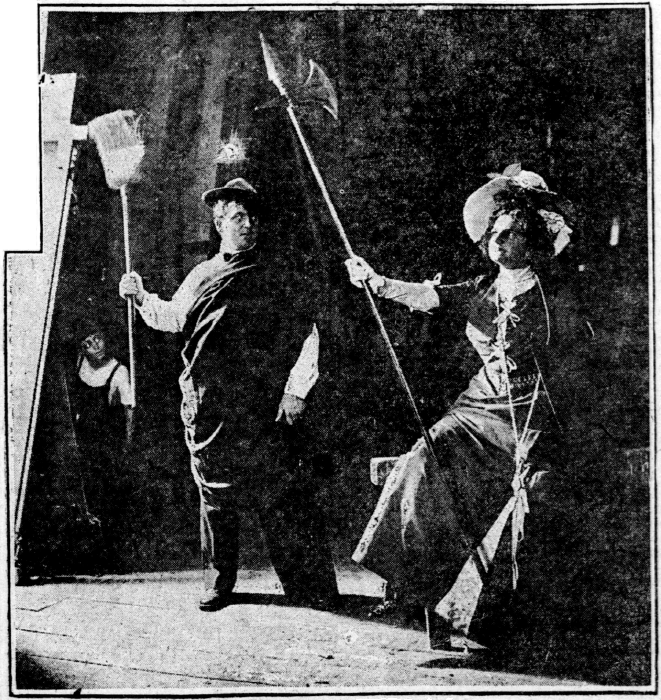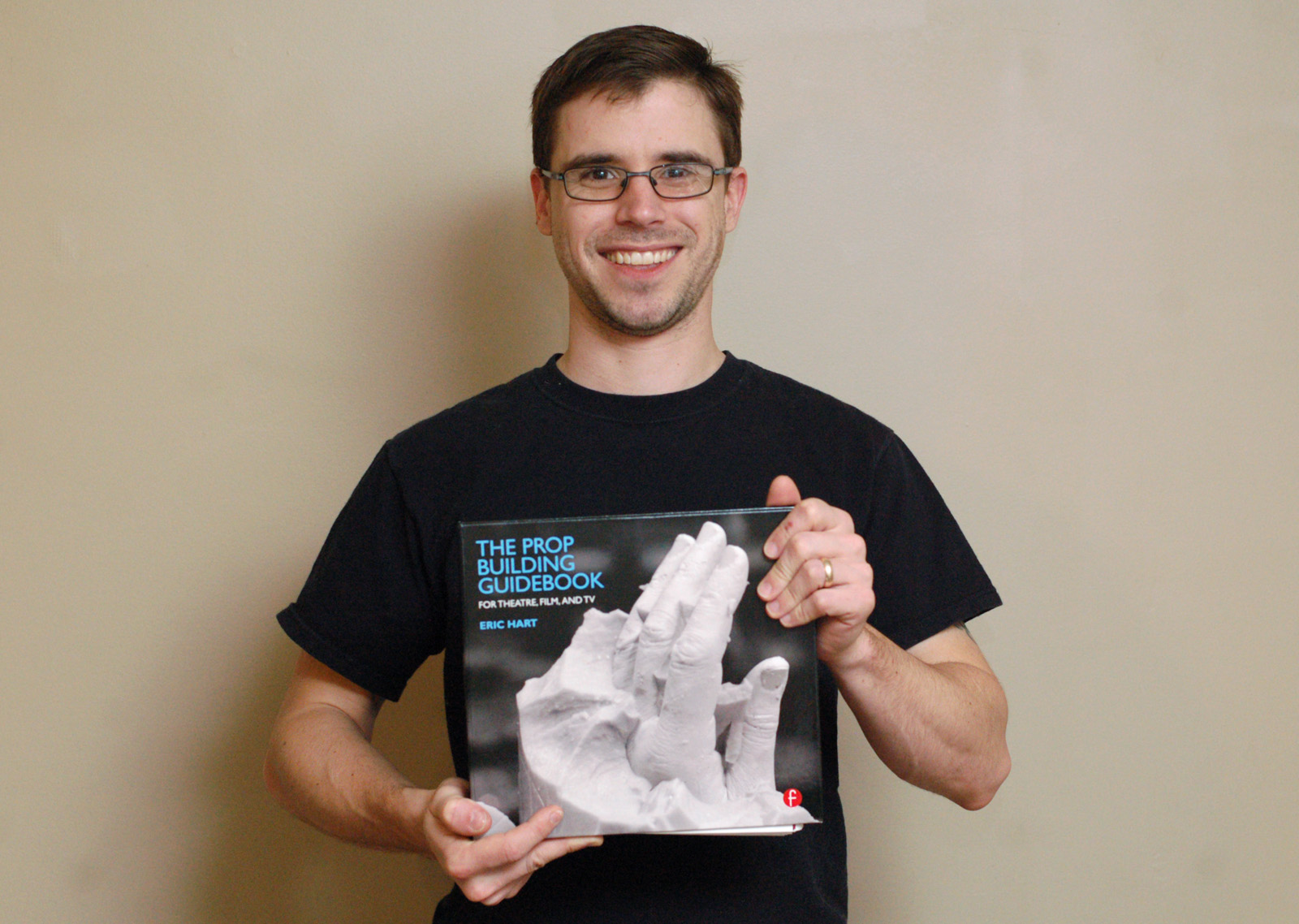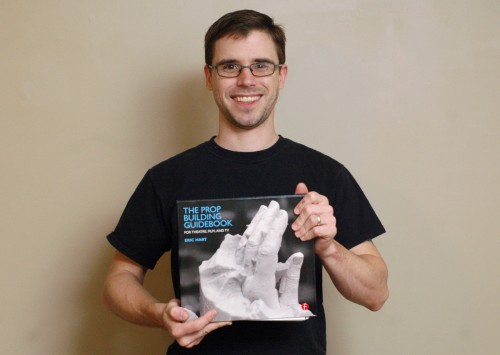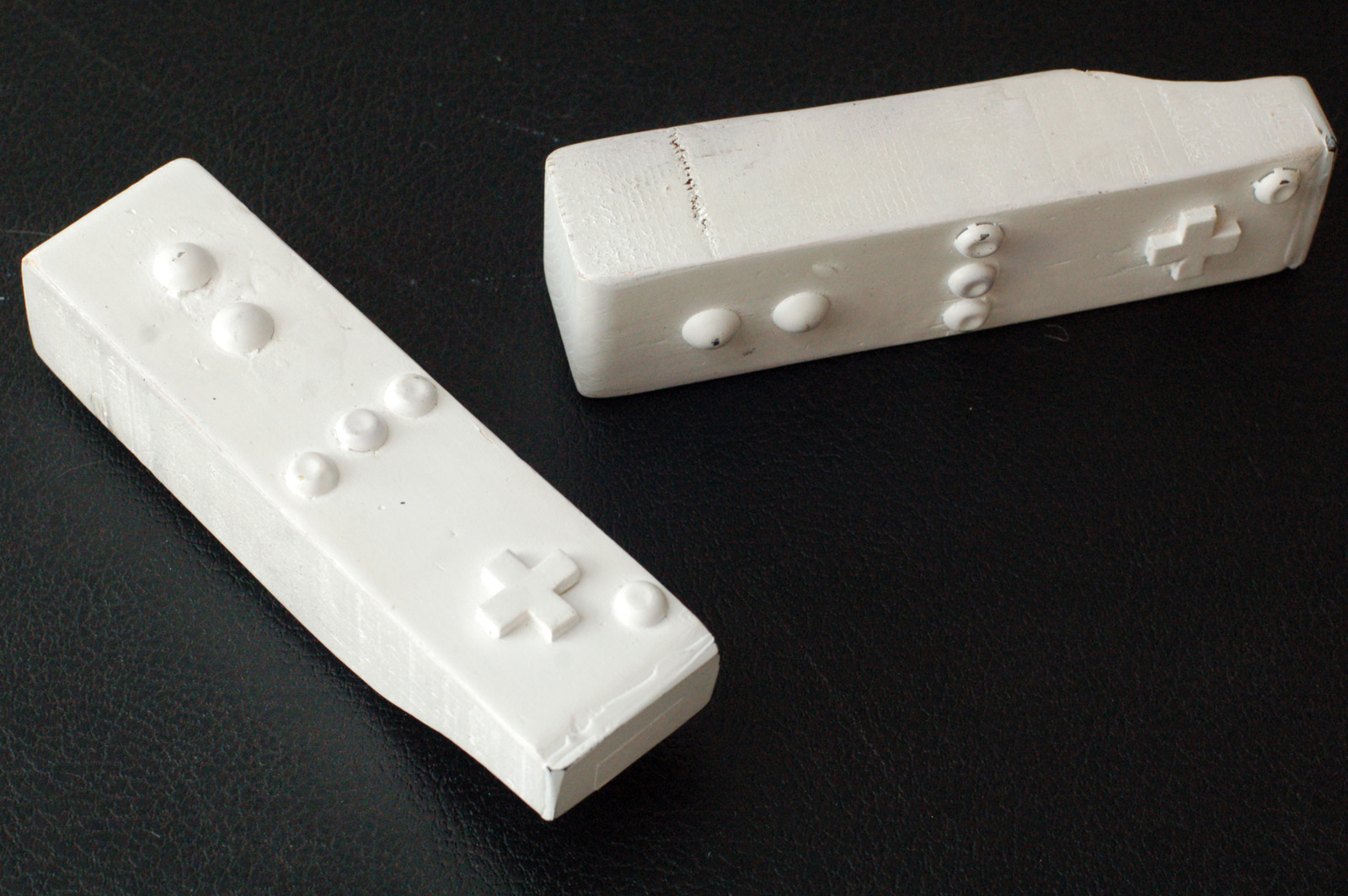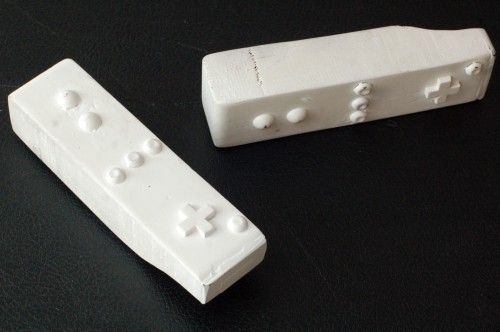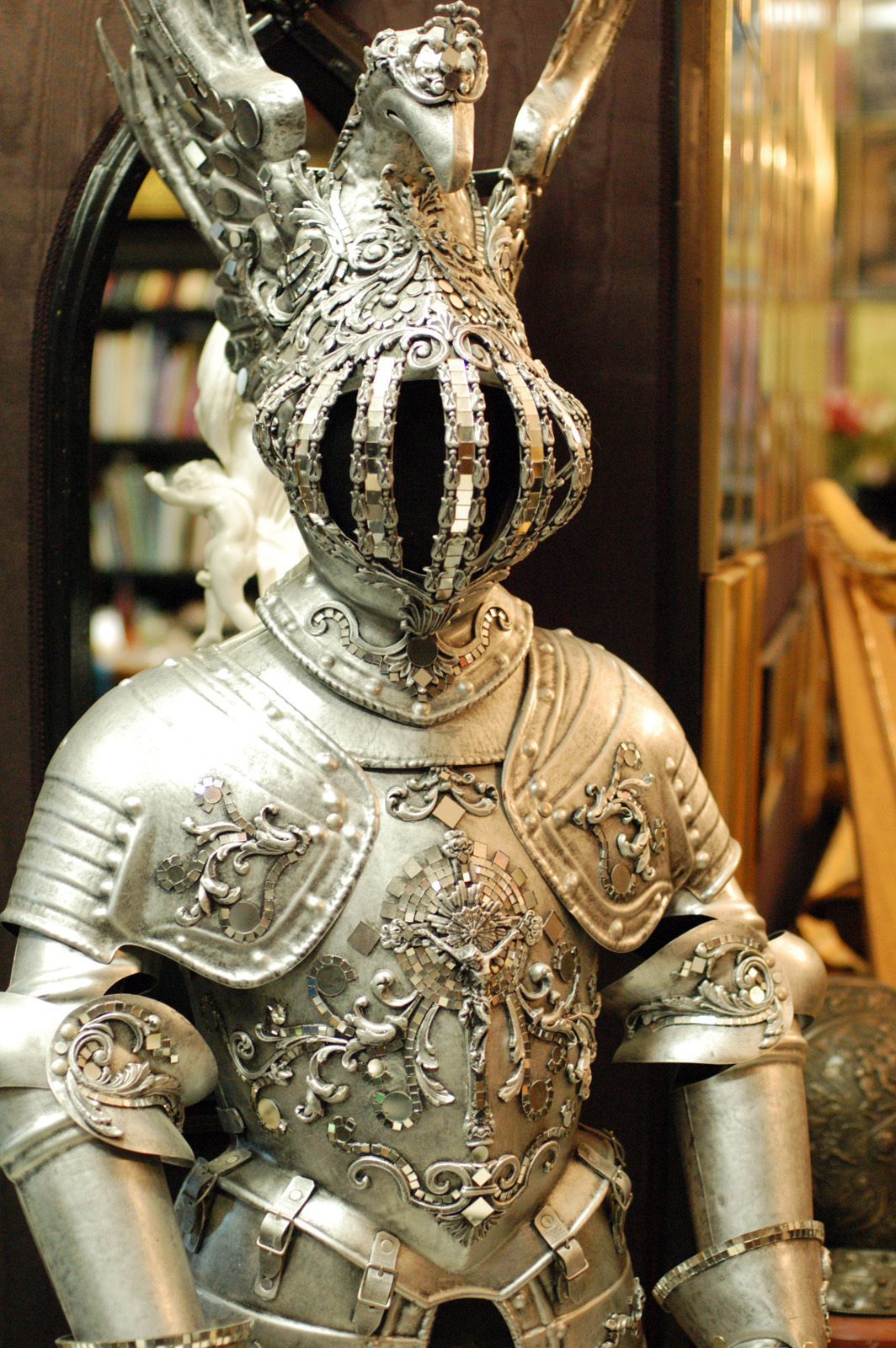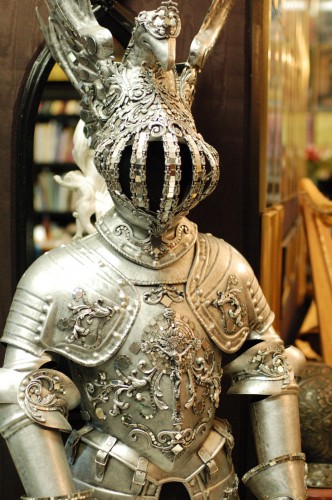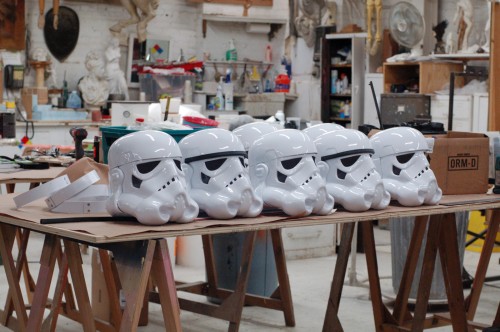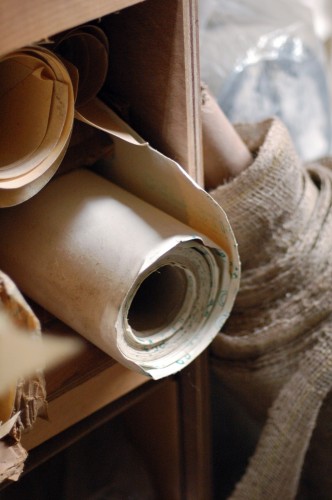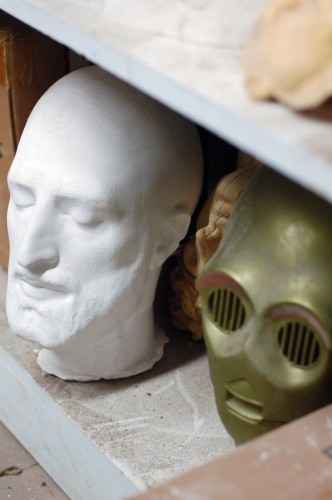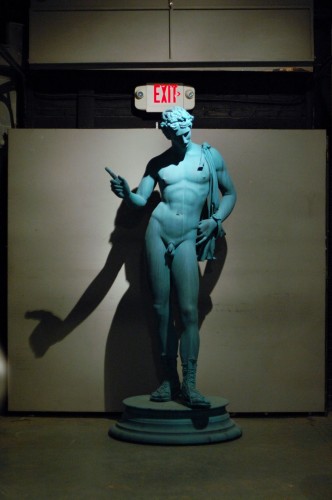The following article was first published in The San Francisco Call, August 28, 1910, page 14. It is excerpted from a larger article called “The Carpentry of the Musical Show”, by Garnet Warren, and describes the process a Broadway show travels from inception to opening night.
The gentleman of theatrical properties has also had pressed into his hands that universal scenario, with rough sketches of furniture by the scenic artist. The stage managers have been conferring, too, with the busy author as to the lists of properties required. Rough instructions are all that are sufficient for most of these.
So away goes the propertyman to his workshop among the dust and cobwebs. It is large and has rough, red bricked walls. Fifteen to eighteen men work here in the busy summer season—fellows in blue shirts and overalls and the clothing of toil. The floors are bare and loaded up with dust, shavings, paint, unfinished carpentry, finished chairs and statues. The practical propertyman would seem able to construct most things. He makes machines for wind effects; he paints the odds and ends of scenery; he builds furniture and electric light fixings and makes rugs and carpets and door knobs and even paper mache statues from his own designs. In the six busy weeks before a production begins, too, his work is of a feverish description. About 3,000 separate pieces are sometimes required. The busy bee would appear to come a disastrous second to the propertyman.
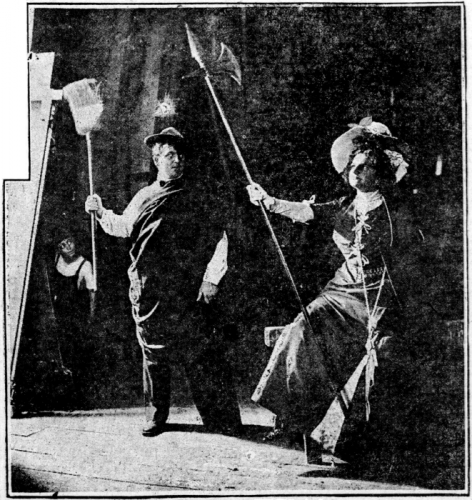
Editor’s note: Notice how the photograph above shows the use of rehearsal props and costumes.
Excerpted from “The Carpentry of the Musical Show”, by Garnet Warren, first published in The San Francisco Call, August 28, 1910, page 14.

